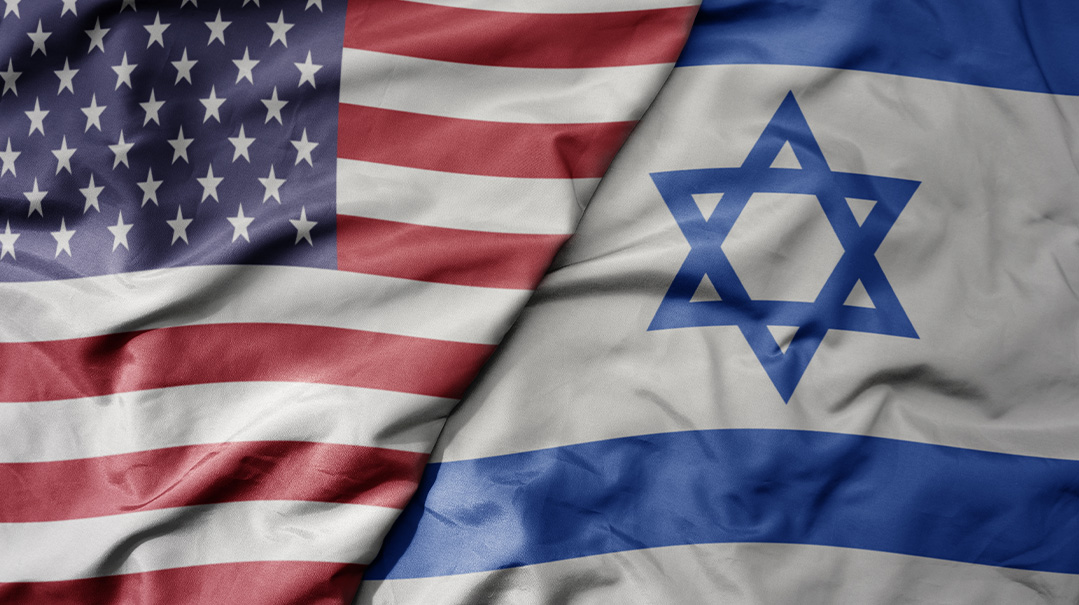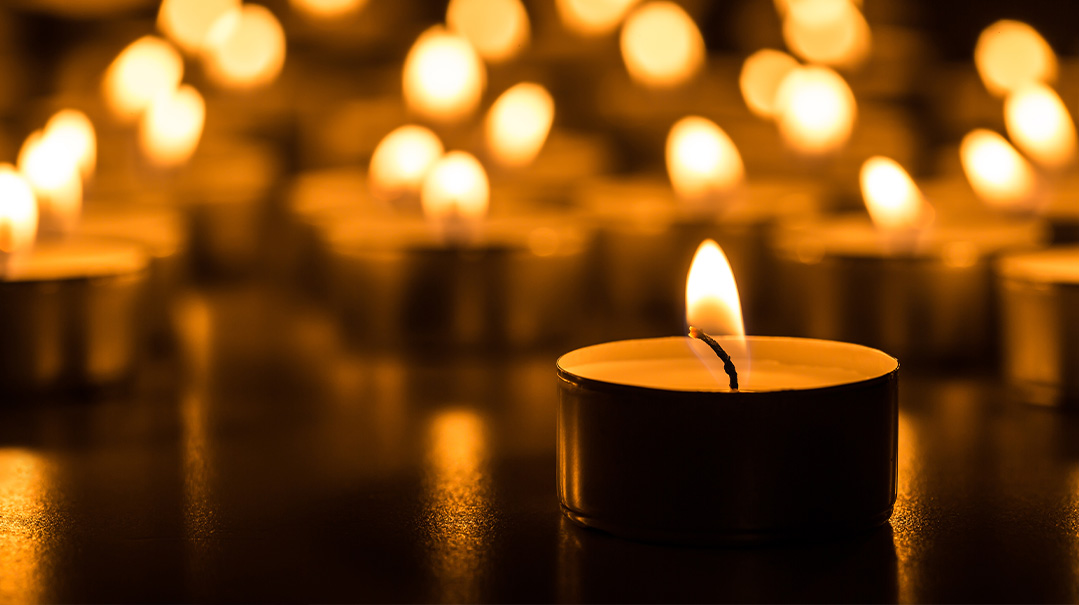The End of Affirmative Action in College Admissions?

It is necessary for the greater good, Harvard argues
In the summer of 1977, I stopped in Athens on my way back to the United States from Israel to commence the practice of law. In a park in Athens, I noticed an elderly gentleman (or at least I would have then characterized him as such) wearing a Phi Beta Kappa key. I asked him from what college he had earned entry into the national honor society, and he replied Harvard, class of ’22.
Quickly calculating, I told him that my grandfather graduated from Harvard that same year, after only three years of college, and was also a Phi Beta Kappa. He looked at the Jewish star hanging around my neck and remarked that the Jews at Harvard in his day were not perceived as gentlemen — they studied too hard.
To be sure, my Slonim-born grandfather lacked a gentleman’s upbringing. When he was 15, his father told him he would have to quit school and go to work in a factory to bring in additional income. My grandfather, who had been largely supporting the family since he was eight or nine, organizing paper boys in Chelsea, Massachusetts, and was almost killed when he tried to jump on a moving trolley car laden with papers, refused. He told his father, however, he would pay rent.
When he arrived at Harvard, he weighed less than 80 pounds, after a grueling summer working in a factory, and had to convince the authorities that he was not tubercular prior to be allowed to matriculate. While at Harvard, he worked over forty hours a week, waiting on tables in the dining halls and offering course reviews to less studious Boston Brahmins.
In 1922, Jews constituted 22 percent of the undergraduate student body at Harvard, though they were only 3 percent of the general US population. That percentage would rise to 28 percent later in the decade, until Harvard president Abbott Lawrence Lowell hit upon a stratagem that would eventually bring Jewish enrollment down to 15 percent: He added a “character evaluation” to the admissions process.
Today it is Asian-Americans, not Jews, who would constitute a wildly disproportionate percentage of the Harvard student body — 43.4 percent according to Harvard’s own Office of Institutional Research — if the admissions process relied only on grades, test scores, and extracurricular activities. But now, as then, Harvard has expediently added a character evaluation to its admissions process, and thereby succeeded in bringing down Asian enrollment to 15 percent. Professor Peter Arcidiacono of Duke University concluded based on a study of six years of Harvard admissions data that Asian-Americans are admitted at rates significantly lower than can be explained by grades, test scores, extracurricular activities, teacher and guidance counselor recommendations, and alumni interviews.
Where Asian-American students compete on an even playing field, they are admitted at rates many multiples of their share of the population. In New York City, Asian students are 18 percent of the public school students in the city. Yet in 2019, they won 74 percent of the places at prestigious Stuyvesant High School, and over 60 percent at several other of New York’s highly selective magnet schools — e.g., Bronx Science, Brooklyn Tech.
In ultra-liberal California, where voters have twice passed referenda that ban considerations of race in school admissions, Asian-Americans make up over 40 percent of the student body at the prestigious California Institute of Technology.
Yet at the Ivy League colleges, the percentage of Asian students consistently falls between 14 and 20 percent. How do Harvard and its fellow Ivy League schools manage to suppress their percentages of Asian students? By introducing ratings on “personal qualities,” upon which Asian students are consistently rated lower than all other ethnic groups, and dramatically lower than black and Hispanic applicants.
But those “personal quality” ratings are a fraud. They are assigned by the Harvard admissions office, most frequently without the admissions officers even having interviewed the student being rated. Nevertheless those officers somehow know that they are deficient compared to other applicants in terms of their personal qualities.
Yet Harvard’s own admissions officials deny that Asian-Americans have less attractive personal qualities than other applicants. At the trial stage of Students for Fair Admissions Inc. (SFFA) v. President and Fellows of Harvard College, upon which the United States Supreme Court recently granted certiorari, William Fitzsimmons, dean of admissions at Harvard, denied that Asian-Americans fall short in such qualities as leadership, friendliness, and outgoing nature. One of Harvard’s own expert witnesses characterized as “balderdash” the view that Asian-Americans are less well-rounded.
Surely having overcome obstacles is one of the best testaments to strength of character. And on that score, Asians, like the first-generation Jewish immigrants at Harvard in my grandfather’s day, have had nothing handed to them on a silver platter. Of the 74 percent of Asian students matriculating at Stuyvesant in 2019, 53 percent came from economically deprived homes, and a high percentage from immigrant homes in which English is not the spoken language.
After the Supreme Court granted certiorari in the suit against Harvard, university president Lawrence Bacow wrote to the Harvard community extolling Harvard for nurturing individuality, and accused critics of its admissions policy as seeking a process “far more mechanistic, a process that is far more reliant on simple assessments of objective criteria.”
It is Harvard, however, that is denying the individuality of Asian-American students, and relying instead on crude stereotypes of them as relentless nerds. Ironically, it was precisely such stereotyping based on presumed racial characteristics that the Supreme Court sought to ban in its landmark Brown vs. Board of Education (1954). Separate schools for white and black children, the Court determined, is inherently unequal because it sends a message to black students of their indelible inferiority — i.e., that their race renders them unfit to attend school together with white students.
That same type of stigmatization of Asian-American students is precisely what Harvard does when it marks them down on their personal qualities. Brown was decided under the 14th Amendment’s equal protection clause, which does not apply to private corporations such as Harvard. But Title VI of the Civil Rights Act of 1964 prohibits private parties receiving Federal financial assistance, as Harvard does, to the tune of tens of millions of dollars every year, from excluding individuals from participation or subjecting them to discrimination on the basis of race, color, or national origin. That is what Students for Fair Admissions allege Harvard has done to Asian-American applicants.
Harvard has defended its admissions policies on the basis of that trusty shibboleth: the benefits of a diverse student body. If maintaining a steady black enrollment of 10 to 11 percent requires a heavy thumb on the scales against Asian applicants, it is necessary for the greater good, Harvard argues.
That argument, though recognized in a number of Supreme Court decisions, is rapidly losing its force. For one thing, viewpoint diversity is at least as crucial to Harvard’s educational mission as some fixed percentage of blacks and Hispanics from diverse backgrounds. Yet the Harvard faculty grows ever more monochromatic in viewpoint.
Secondly, affirmative action has arguably led to resegregation of campuses: separate dining halls, residences, social groups, graduation ceremonies. In Mismatch: How Affirmative Action Hurts Students It’s Intended to Help, and Why Universities Won’t Admit It (2004), UCLA law professor Richard Sanders argues that pushing black students into academic environments for which they are underprepared makes their failure much more likely.
One prong of mismatch theory holds that students are more likely to form friendships with students who have similar levels of academic preparation. Demands for greatly expanded black cultural centers and even segregated housing express an impulse to self-segregate by minorities who feel themselves over their heads academically. But that blows up the argument for affirmative action leading to exposure to those from different backgrounds.
Having agreed to hear Students for Fair Admissions, there is a good chance that the Supreme Court intends to put a spoke in the wheels of the affirmative action regime in place on campuses for decades. Even Chief Justice John Roberts, the leading institutionalist on the Court and the least inclined to reverse long-standing precedents, has said, “The best way to stop discrimination on the basis of race is to stop discriminating on the basis of race.”
Such a decision would command the support of three-quarters of Americans, including most blacks, according to numerous polls. And it would push back hard against the balkanization of America along racial lines and the definition of “social justice” as dividing every economic benefit — e.g., faculty appointments, places on corporate boards — on racial lines.
Let us hope.
(Originally featured in Mishpacha, Issue 898. Yonoson Rosenblum may be contacted directly at rosenblum@mishpacha.com)
Oops! We could not locate your form.






